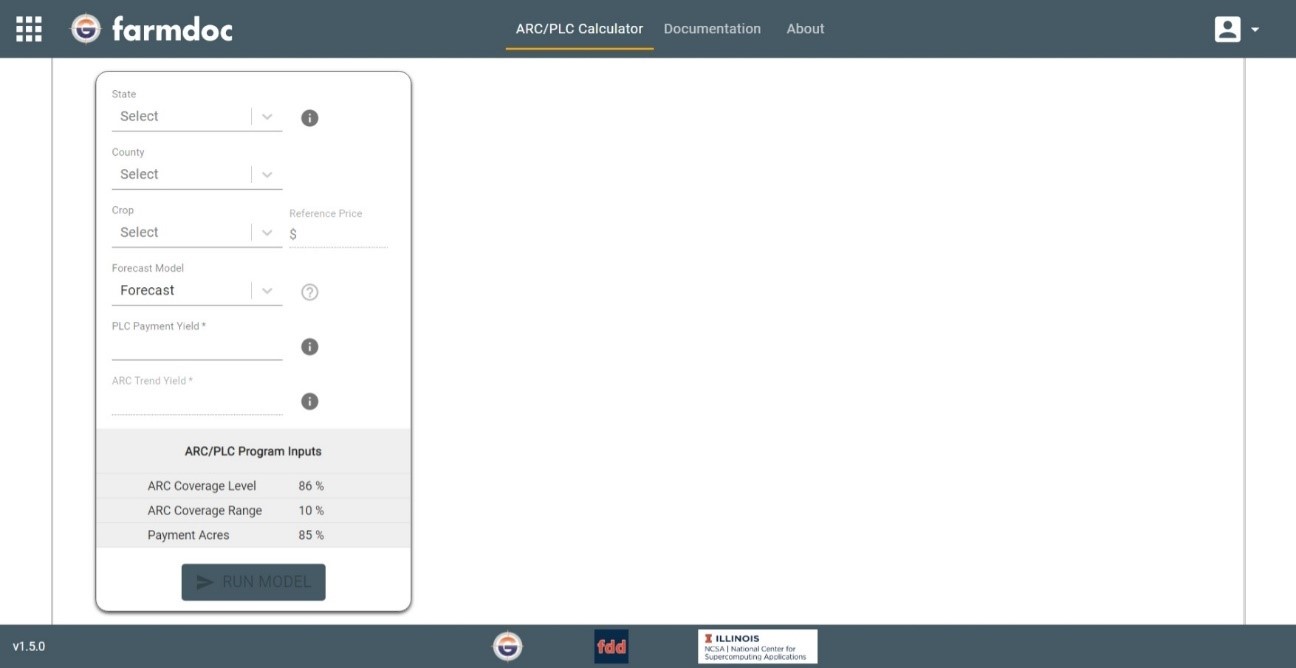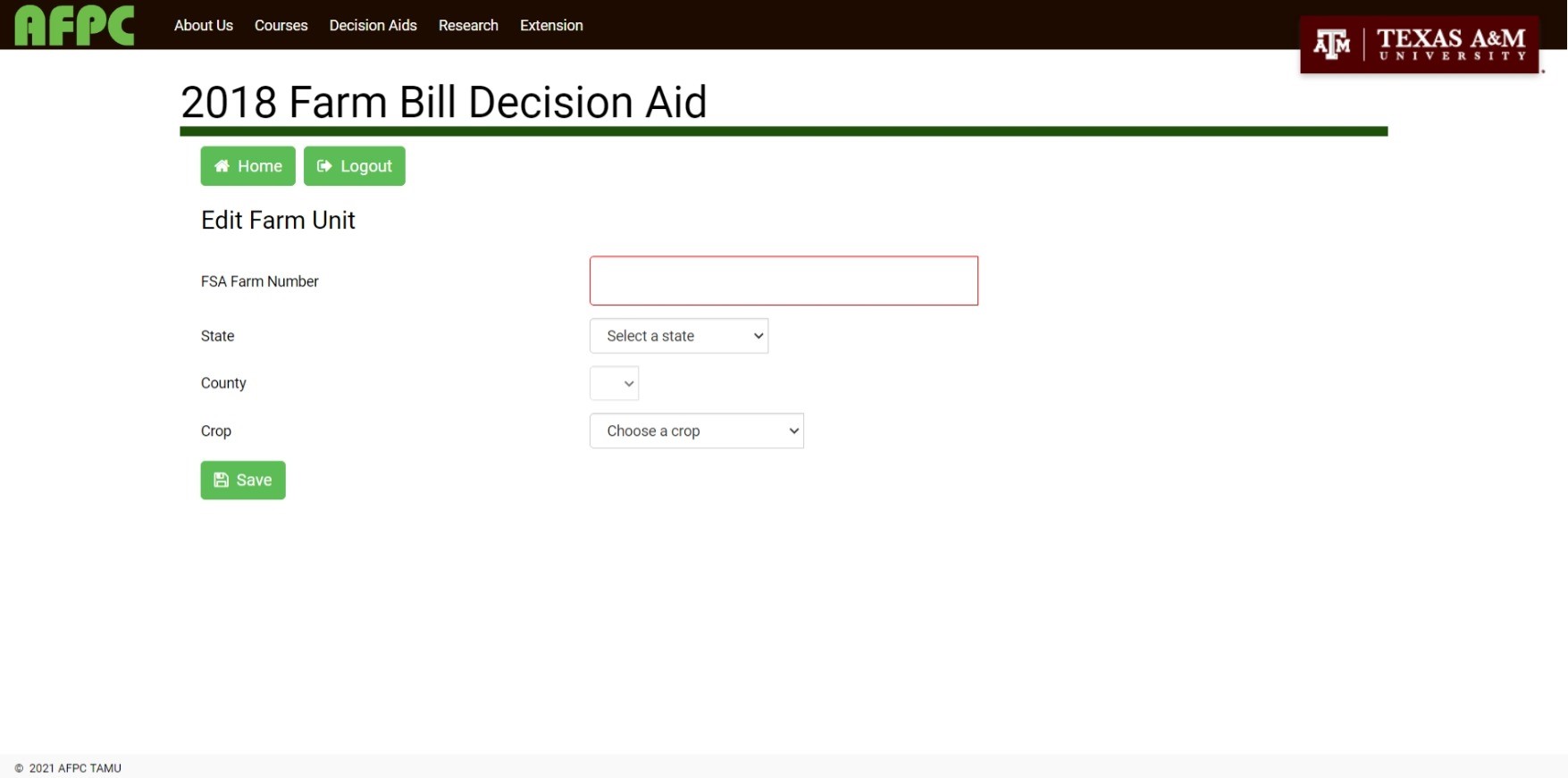In this Ask the Expert, Dr. Joe Outlaw answers a few questions about USDA’s Agriculture Risk Coverage (ARC) and Price Loss Coverage (PLC) programs. Joe is a Regents Fellow, Professor and Extension Economist in the Texas A&M University’s Department of Agricultural Economics. He also serves as the Co-Director of the Agricultural and Food Policy Center, where he frequently interacts with members of Congress to provide feedback on the likely consequences of agricultural policy changes.
ARC and PLC programs provide income support to farmers from substantial drops in crop prices or revenues and are vital economic safety nets for most American farms. The deadline to enroll for 2021 coverage is Monday, March 15, 2021.
For added assistance with ARC and PLC decisions, Texas A&M, along with the University of Illinois, partnered with the USDA to offer web-based decision tools to assist producers in making informed, educated decisions using crop data specific to their respective farming operations.

What are the benefits of the Agriculture Risk Coverage (ARC) and Price Loss Coverage (PLC) programs?
ARC and PLC represent one-third of the three-legged safety net that Congress has provided producers - the other two being crop insurance and marketing assistance loans. Both ARC and PLC are counter-cyclical meaning that as prices rise, the amount of safety net protection will decline, and vice versa.
PLC only protects producers when the marketing year average price falls below the reference price established for the crop in the farm bill. PLC has been referred to as deep loss protection because producers would receive assistance if the marketing year average price falls anywhere between the reference price and established loan rate for the crop.
ARC has a county option (ARC-CO) or individual option (ARC-IC) depending upon whether a producer feels they would benefit from using their yields (ARC-IC) relative to county average yields (ARC-CO). Whereas PLC and ARC-CO pay on 85% of a producers’ base acres, ARC-IC only pays on 65% of their base acres. Most U.S. producers who elected ARC have chosen ARC-CO. ARC-CO provides protection against revenue declines relative to a benchmark established from the previous 5-year Olympic average of prices and county yields. The threshold to trigger a payment is when the marketing year average price multiplied by the county average yield for the crop falls below 86% of the calculated benchmark. ARC is referred to as a shallow loss plan because losses are capped at 10% of the benchmark revenue or only from 86% to 76% of the benchmark.
With prices generally on the rise, the biggest benefits of these safety net programs are that PLC provides deeper protection against unexpected price declines below the reference price, and ARC provides modest protection from both price and yield declines.
Should producers re-evaluate their elections for 2021?
Absolutely, even if they leave their elections the same. Although it’s early in 2021, with prices that appear to be too high to trigger either ARC without a yield loss or PLC, producers need to be aware that ARC and PLC are counter-cyclical safety programs. This means that if prices remain high through the 2021/22 marketing year, which for most commodities begins this fall, then producers will get their incomes from the market and less (if any) from the government. This does not mean that they don’t need to evaluate which of the two programs provide them the most safety net protection if prices slide back to levels experienced over the past few years.
What is the value of the ARC/PLC decision tools and why should producers use them?
Decision tools help a producer evaluate an uncertain future by looking at several different price scenarios to determine which policy program, ARC or PLC, provide the most protection if prices decline.
The University of Illinois and Texas A&M University, have worked with FSA in the development of our tools and checked results for accuracy. Other land grant universities may have exceptional tools to offer as well. Producers are encouraged to see which tool they feel the most comfortable using.


What variables should I consider when deciding between ARC vs PLC?
In a relatively high price environment like we are currently in, producers need to decide whether they want to look at ARC, because it is a revenue-based tool that has both a price and yield component where, even if prices are good, poor yields could trigger safety net payments. Or, if they believe that yield problems are adequately covered by crop insurance and they want to provide protection against a market collapse, they might want to consider PLC. Producers also only have the ability to purchase supplemental coverage option (SCO) insurance if they select PLC.
Any projected market changes and fluctuations that producers should consider when making these program elections?
High prices for corn and soybeans which account for the overwhelming majority of row crop acres in the U.S. tend to draw acres away from other commodities. If that happens, prices for corn and soybeans should decline while other commodity prices would be expected to increase due to lower production. Another consideration is that much of the current price environment was the result of several million acres of prevented plantings in the Midwest in 2020, droughts in South America and commodity purchases by China. All of these factors could change and lead to lower than expected marketing year average prices for the 2021 crop.
At this point, the commodities that are likely to trigger PLC payments are wheat, seed cotton and long grain rice. It’s important to note that upland cotton farmers who choose to enroll seed cotton base acres in ARC or PLC are ineligible for the stacked income protection plan (STAX) on their planted cotton acres.
Is there any benefit to waiting on making an election or election change or should I contact FSA and complete election/enrollment sooner rather than later?
There is no benefit to waiting. No new information that would influence a producer’s election decision will become available before the signup deadline.
Is there anything else you would like to share with producers that might help them navigate their safety-net program decisions?
Most importantly, remember that having a safety net means that it is there when you need it. If producers don’t get an ARC or PLC payment, that generally means yields were good and prices were not bad. In that situation, income would come from the market and not the government, which is exactly what a producer would tell you they want. I would also encourage producers to make sure they are complementing ARC/PLC and marketing loans with crop insurance. There are a lot of new options—including the new Enhanced Coverage Option (ECO), for example—that producers should be considering as part of their overall risk management strategy.
Brenda Carlson is a strategic communications coordinator for USDA’s Farm Production and Conservation Business Center focusing on disaster and safety-net programs.


